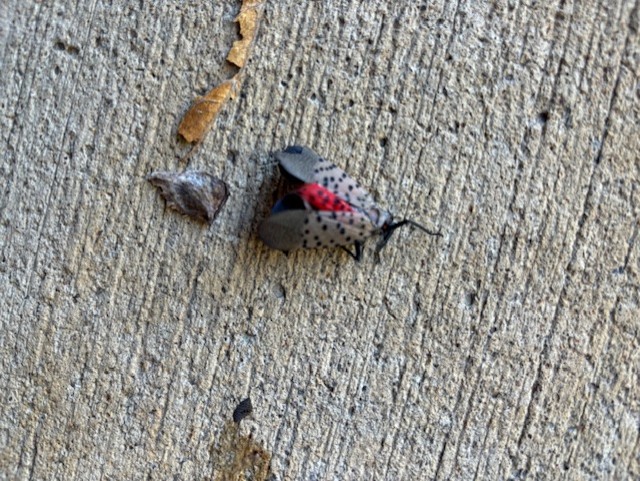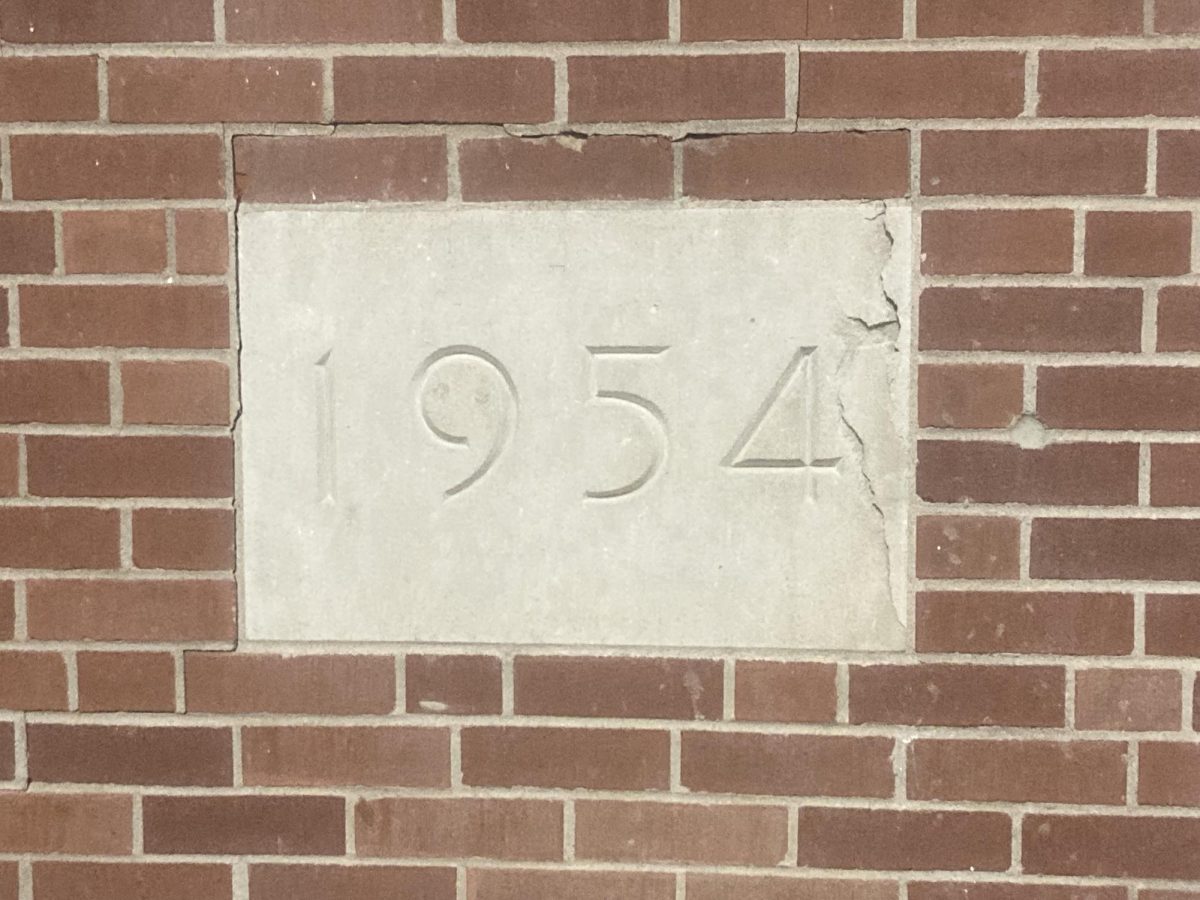Walking outside Milton High School, you may look down and see bright red spots on the ground. These bright spotted carcasses belong to the invasive spotted lanternfly (SLF), and the fact that they’re dead is good news for the environment.
“Kill it! Squash it, smash it…just get rid of it,” is the advice of the state’s agricultural website (https://www.pa.gov) regarding what people should do if they see one of these invasive insects.
According to the state’s website, the spotted lanternflies were first discovered in Pennsylvania around 2014 in Berks County.
The spotted lanternfly is native to Asia and spread to the United States in shipping, according to Science Teacher Mr. Tanner Walter.
When feeding, the spotted lanternfly creates a sugar substance that builds up and promotes mold growth, according to the PennState Extension (https://extension.psu.edu). Additionally, the substance attracts other insects like bees and wasps.
Mr. Walter said the spotted lanternfly targets crops, which affects everyone indirectly. He added that they have no natural predators, unlike in their native environment.
“SLF feeds on the plant sap of many different plants including grapevines, maples, black walnut and other important plants in Pa.,” according to information on the PennState Extension.
These plants play a large part in Pennsylvania’s economy and if the spotted lanternflies are not contained, they “could drain Pennsylvania’s economy of at least $324 million annually,” the Pennstate Extension reported.
Milton High School Principal Mr. Michael Bergey said that spotted lanternflies can be spotted around the school. The school has pest control personnel to help prevent the spread.
“They can survive the first or second frost, but they will eventually die in the winter,” said Mr. Walter. He added that the eggs have a thick coating to help them survive through the winter, allowing them to return when the temperature rises.







